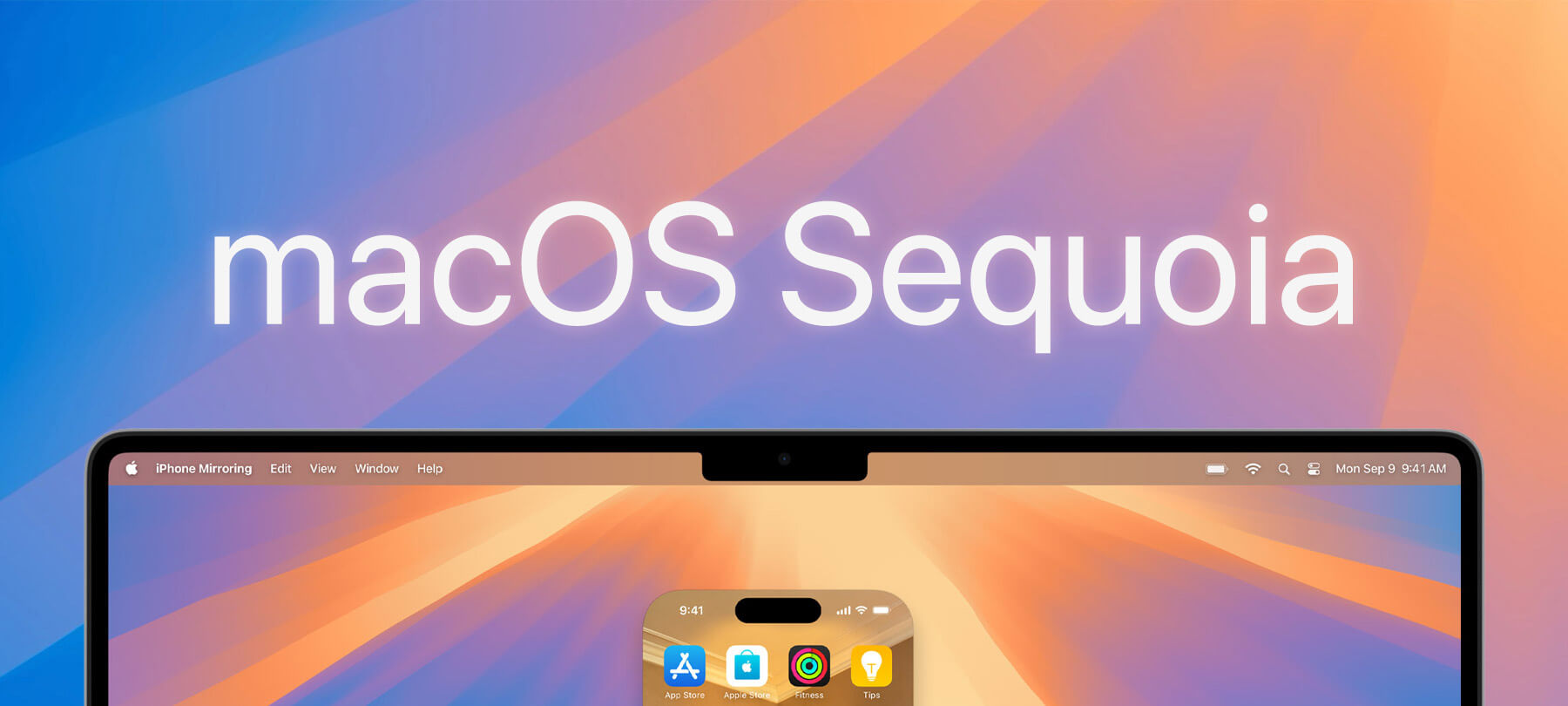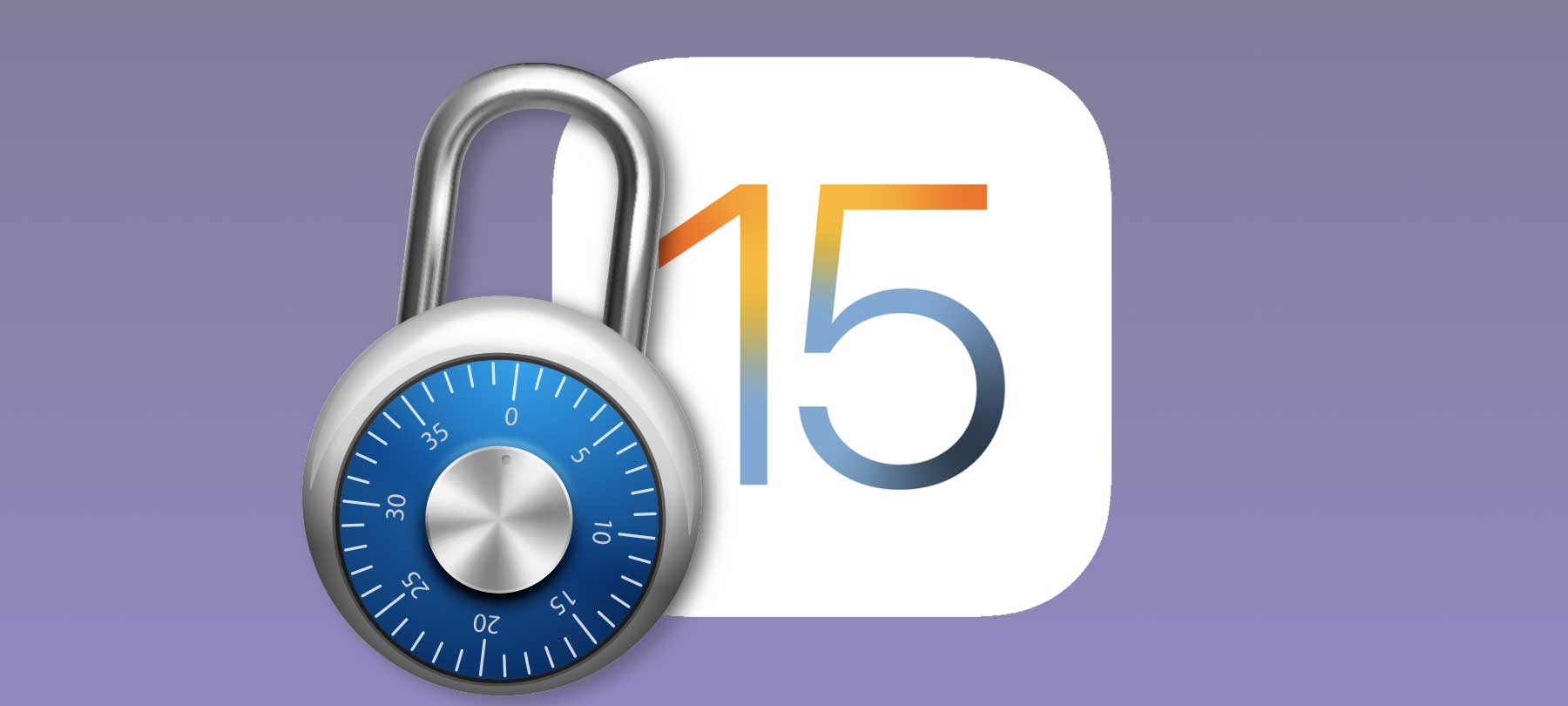iOS 13 security and privacy features
It’s official: iOS 13 is here, come friday. iPhone users will be able to try out all the new features announced at the WWDC keynote in June: Dark Mode, QuickPath swipe typing, a revamped Maps, and more.
In addition to all of this, iOS 13 also offers a number of security and privacy enhancements— some of which are already making waves. We’ll take you through the most important of these in the following article.
Location, location, location
iOS 13 will allow iPhone users increased control over how they share their location data—and increased visibility into who is asking for it.
Users will now be able to choose how often apps can access their location data in the background: one time only, always, or never.
Those who opt to allow an app to track them will receive a notification when the app is using their location in the background so that they can decide whether or not they want to change the app’s permissions. This has already caused a bit of a stir at Facebook, which is understandable, considering how often their location-hungry app is likely to trigger these notifications!
It should be noted that iOS 13’s location-focused privacy enhancements aren’t limited to your iPhone’s GPS data. The new OS will also prevent apps from using subtler methods of inferring your location via Wi-Fi and Bluetooth data.
Lastly, iOS 13 will allow users to decide whether or not to share their location when they share a photo. This is a nice privacy feature for just about anyone, but especially for parents who are worried about the dangers of sharing photos of their children.
Parental controls
We’ve often said that parental controls are a great way for parents to keep their kids safe online without installing sketchy tracking and monitoring software. Screen Time in iOS 13 has a few new features that will make this even easier (and at least one UX improvement that will make kids happy as well).
Screen Time will now allow parents to manage their children’s contacts and place limits on who can and can’t communicate with them. This has obvious benefits in terms of keeping kids away from creepy strangers they might meet through social apps. But it’s also a powerful tool to prevent or mitigate cyberbullying.
Finally, while not technically a privacy or security feature, Screen Time does have one nice tweak that might make the whole idea of parental controls an easier sell: One More Minute. When children reach their screen time limit, they’ll now be able to tap a “one more minute” option that gives them just enough time to save their spot in a game or a project…or say goodnight to a friend.
Sign in with Apple
We’ve talked about this pretty extensively elsewhere, but for those of you who might have missed it and would like the summary version: Sign in with Apple offers a new way to log in to apps and other accounts in iOS 13.
Presented as a privacy-focused alternative to using Google or Facebook as a sign-in tool, Sign in with Apple allows users to access apps and accounts using nothing more than their name and email address. Unlike other sign-in services, Sign in with Apple won’t track you or use your data to create a marketing profile. There’s even an option to hide your actual email from app developers by using the service to create unique, randomly-generated email addresses linked to your Apple ID—email addresses that can be turned on or off one app at a time. And significantly, this isn’t merely an additional option for iOS developers: If an app uses other third-party login services, it will be required to offer Sign in with Apple as well.
A safer Safari and a more private Phone
Safari for iOS 13 has a couple of new security features worth mentioning—and there’s one change to the Phone app that will come as welcome news to folks plagued by robocalls.
Safari now offers more granular control over what permissions you grant different websites. You’ll be able to allow access to your phone’s camera or microphone on a site-by-site basis, and content blocking can also be done at the site level in iOS 13.
Safari will also help you stay safe by warning you if you’re creating a weak password when signing up for a new service or creating a new account.
Finally, iOS 13 will allow you to send any unknown callers directly to voicemail. If you select this setting, the only calls that will be allowed to ring will be those originating from numbers in your Contacts, Mail, or Messages.
Stay tuned
As iOS 13 rolls out, and with macOS Catalina slated for wide release in October, we’ll doubtless have much more security news and commentary for you on this site as well as The Checklist podcast. So stay tuned!



